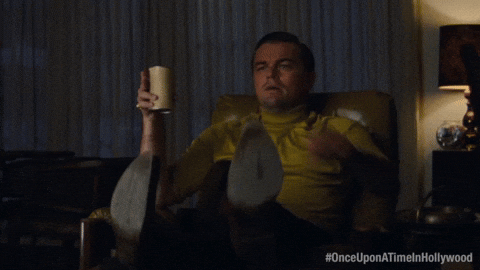
“Sir, this is a Wendy’s”
In response to @Andrei’s thoughtful post about moving from task executors to problem owners, let’s have some fun with the counter-perspective…
Are you waiting for permission to just do your actual job? That question might sting a little. Good. Because if you’re spending your precious time on this earth turning every Excel formula into a journey of self-discovery, you’re living a LinkedIn influencer’s life, not your own.
The life you’ll actually remember (spoiler: includes mundane tasks)
I had a realization recently: I remember exactly the tedious tasks. The time I debugged that CSS issue for six hours. The satisfaction of crossing items off my to-do list like a productivity samurai. The moment I finally shipped that feature without reinventing authentication from first principles.
When people talk about their life “passing before their eyes,” they absolutely think: “Did I remember to close that security vulnerability?” Not “Did I sufficiently philosophize about the nature of task ownership?”
The ownership paradox that kills productivity
Here’s something that confuses thought leaders: Sometimes people just want clear instructions. Revolutionary concept, I know.
The moment you tell everyone to “take ownership” of everything, you’ve created a philosophical debate club where simple tasks become existential crises. I’ve seen this play out in countless meetings. A few people derail discussions with “but what’s the deeper meaning here?” while others just want to know their deadlines.
Task completion versus creative chaos
Task appreciators think: “What’s my deadline?”
Problem owners think: “Why do we even have deadlines in post-capitalist society?”
Task appreciators follow battle-tested processes.
Problem owners reinvent user authentication because they want to “understand the problem space.”
Consider Nokia, which had engineers who spent so much time in “ownership mode” holding strategy meetings that they forgot to build competitive products. Meanwhile, Toyota succeeded because they balanced ownership with disciplined process-following.
The creativity connection (plot twist)
Creativity emerges from constraints, not from rejecting all structure. The most creative developers I know follow coding standards religiously, then innovate within proven frameworks.
Taking task appreciation starts now
You can begin by:
- Reading requirements before assuming they need improvement
- Following established processes before suggesting alternatives
- Completing current tasks before taking ownership of new philosophical problems
Your team’s time is precious. Why spend energy on existential work questions when you could build things people actually need?
The permission you think you need to just do your job competently and go home at a reasonable hour? You already have it. Your cat is waiting for you.
Both perspectives have merit. Read @Andrei’s original for the ownership side, this for the task completion side. Balance is key.
